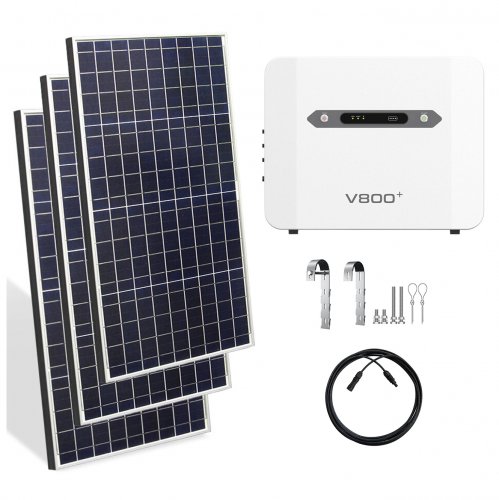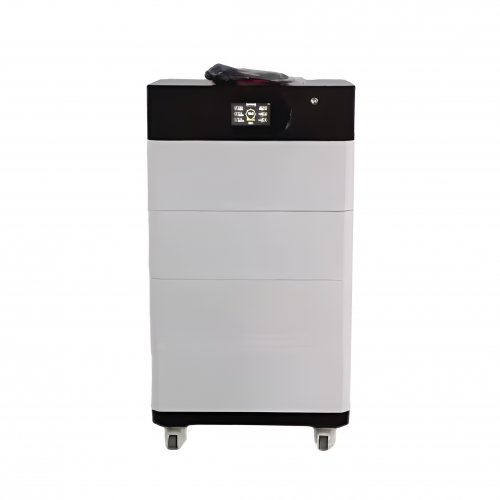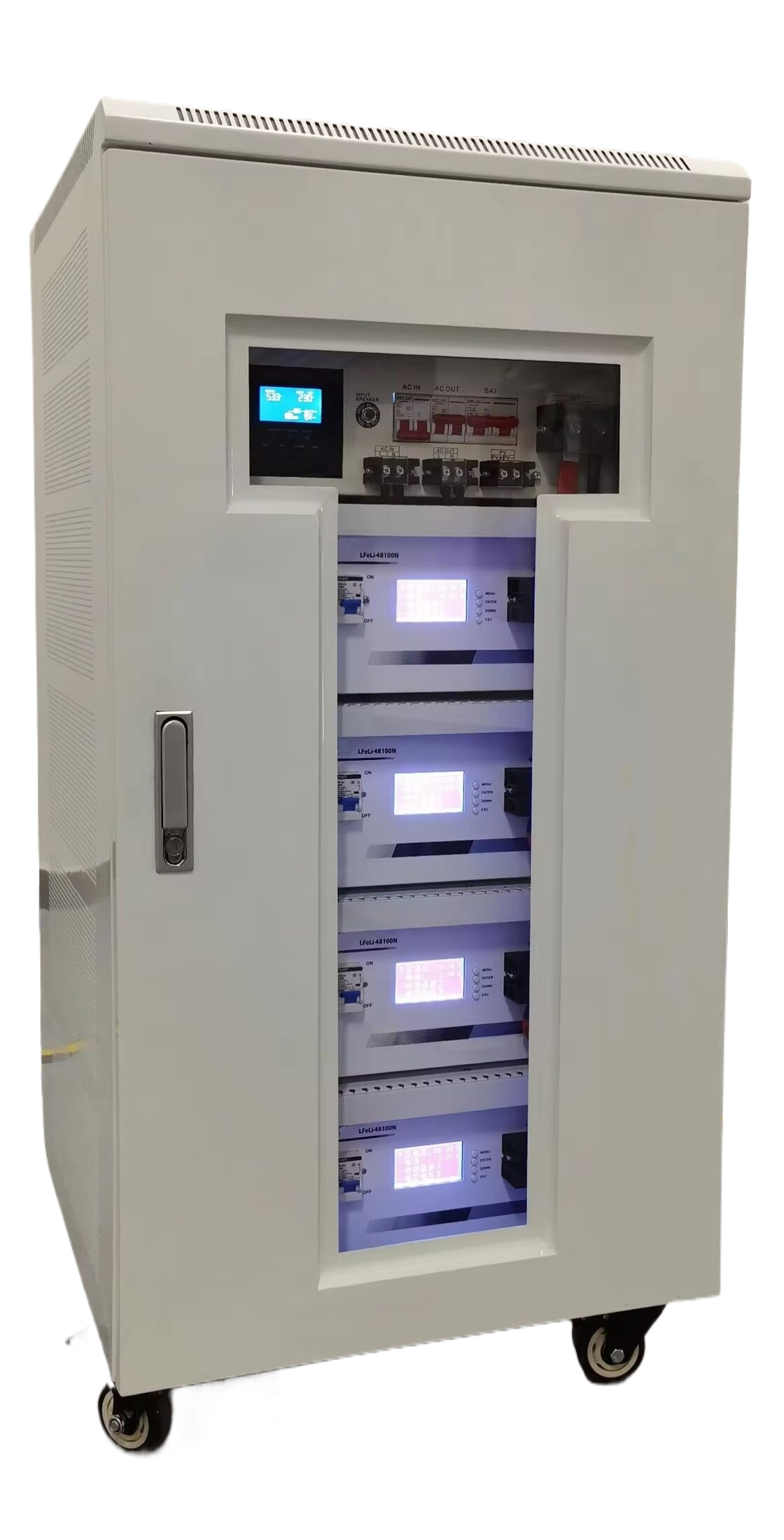Performance Enhancements News: Ai And Hardware Innovations Redefine Computing Benchmarks
The relentless pursuit of greater efficiency and speed continues to be the primary driver of innovation across the technology sector. Recent developments in artificial intelligence, semiconductor design, and software optimization are converging to create a new era of performance enhancements, moving beyond raw clock speeds to more intelligent and specialized gains. This shift is not merely about achieving higher benchmark scores but about delivering tangible improvements in user experience, energy consumption, and computational capability for increasingly complex tasks.
The most significant industry dynamic is the maturation of AI-driven performance optimization. Companies like Intel and NVIDIA are deeply integrating AI into their hardware architectures and software suites. NVIDIA’s latest data center GPUs leverage AI to dynamically manage power distribution, clock speeds, and thermal output, optimizing for either maximum performance or peak efficiency based on the workload. Similarly, Intel’s ongoing work with its AI-powered Thread Director for its Core Ultra processors represents a software-hardware co-design philosophy. This technology uses machine learning models to intelligently assign tasks to the most appropriate core (Performance-core or Efficient-core) in real-time, significantly improving both battery life and application responsiveness in next-generation laptops.
On the software front, the trend is moving towards advanced compilation and predictive loading. Google, with its work on the Carbon programming language and enhancements to the Chrome V8 engine, is focusing on ahead-of-time (AOT) compilation and more efficient garbage collection to reduce latency. Meanwhile, Apple’s MetalFX Upscaling technology exemplifies a key trend in graphics: using AI to enhance performance by rendering frames at a lower resolution and then intelligently upscaling them to a higher resolution, providing a visual quality接近 native rendering but with a significantly lower computational burden. This technique, also seen in NVIDIA's DLSS and AMD's FSR, is becoming a standard tool for enabling high-fidelity gaming and rendering on a broader range of hardware.
Another critical trend is the industry-wide focus on heterogeneous computing. The classic approach of boosting a single CPU’s frequency has hit physical limitations, leading to a strategy of integrating specialized processing units. Modern Systems on a Chip (SoCs), from companies like Apple, Qualcomm, and AMD, now incorporate a central CPU, a powerful GPU, a dedicated Neural Processing Unit (NPU) for AI tasks, and specialized engines for video encoding, decoding, and image processing. This allows tasks to be offloaded from the general-purpose CPU to a unit designed explicitly for that function, leading to massive performance and efficiency gains. The NPU, in particular, has evolved from a novel co-processor to a central pillar of system architecture, handling everything from live video filters to real-time language translation without taxing the main CPU.
The data center and cloud computing segments are witnessing a revolution driven by performance enhancements aimed at reducing colossal energy costs. Google and Amazon Web Services (AWS) are developing custom silicon, like Google’s Tensor Processing Units (TPUs) and AWS’s Graviton processors, which are optimized for specific workloads such as AI inference and web serving. These chips often outperform generic x86 processors in performance-per-watt for their targeted tasks. Furthermore, sophisticated liquid and immersion cooling solutions are being deployed to manage the thermal output of densely packed servers, allowing them to maintain higher performance states for longer durations without throttling.
Industry experts caution that these advancements bring new complexities. Dr. Evelyn Reed, a microprocessor architect and consultant, notes, "The paradigm has irrevocably shifted. We are no longer in the age of monolithic scaling. The challenge now is not just designing these specialized accelerators but managing the resource allocation and data flow between them efficiently. The software stack and operating system schedulers have become the critical bottleneck. A poorly optimized software layer can completely negate the hardware advantages." This sentiment underscores a growing consensus that future performance gains will be increasingly dependent on a deep, synergistic partnership between hardware and software development.
Looking forward, the next frontier for performance enhancements appears to be at the quantum and neuromorphic computing levels, though these remain largely in the R phase. However, in the immediate term, the focus will remain on refining AI-powered optimization, advancing packaging technologies like chiplets to further push the boundaries of Moore's Law, and developing new programming models that allow developers to easily leverage these complex heterogeneous systems. The goal is a seamless, powerful, and efficient computing experience where the underlying technological marvels remain invisible to the user, evidenced only by the effortless execution of demanding applications.
Customized/OEM/ODM Service
HomSolar Supports Lifepo4 battery pack customization/OEM/ODM service, welcome to contact us and tell us your needs.


HomSolar: Your One-stop LiFePO4 Battery Pack & ESS Solution Manufacturer
Our line of LiFePO4 (LFP) batteries offer a solution to demanding applications that require a lighter weight, longer life, and higher capacity battery. Features include advanced battery management systems (BMS), Bluetooth® communication and active intelligent monitoring.

Customised Lithium Iron Phosphate Battery Casing
ABS plastic housing, aluminium housing, stainless steel housing and iron housing are available, and can also be designed and customised according to your needs.

HomSolar Smart BMS
Intelligent Battery Management System for HomSolar Energy Storage System. Bluetooth, temperature sensor, LCD display, CAN interface, UART interface also available.


Terminals & Plugs Can Be Customized
A wide range of terminals and plugs can be customised to suit the application needs of your battery products.

Well-designed Solutions for Energy Storage Systems
We will design the perfect energy storage system solution according to your needs, so that you can easily solve the specific industry applications of battery products.



About Our Battery Cells
Our energy storage system products use brand new grade A LiFePO4 cells with a battery lifespan of more than 4,000 charge/discharge cycles.



Applications in Different Industries
We supply customized & OEM battery pack, assemble cells with wiring, fuse and plastic cover, all the cell wires connected to PCB plug or built BMS.
Applications: E-bike, Electric Scooter, Golf Carts, RV, Electric Wheelchair, Electric Tools, Robot Cleaner, Robot Sweeper, Solar Energy Storage System, Emergency Light, Solar Power Light, Medical Equipment, UPS Backup Power Supply.
We can provide you with customized services. We have the ability to provide a vertical supply chain, from single cells to pack/module and to a complete power solution with BMS, etc.


HomSolar (Shenzhen) Technology Co., Ltd
























